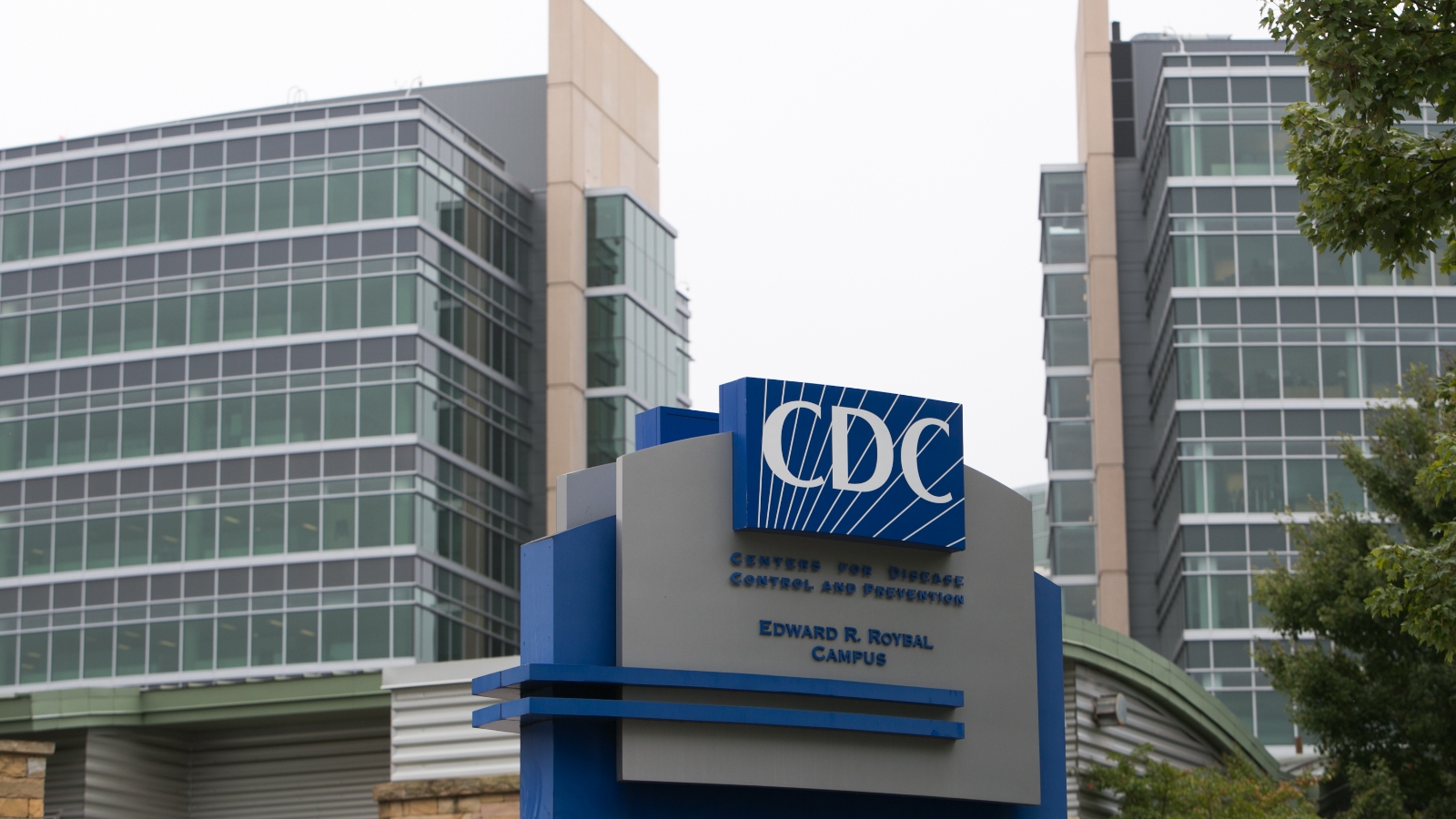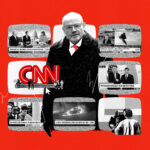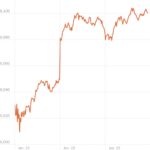On his first day in office, President Donald Trump signed an executive order to begin the process of withdrawing the United States from the World Health Organization, the United Nations agency tasked with protecting global public health. A day later, his administration instructed federal health agencies to temporarily stop communicating with the public, a directive that applies to the Food and Drug Administration, the National Institutes of Health, the Centers for Disease Control and Prevention, and other agencies under the umbrella of the Department of Health and Human Services.
The pair of mandates will effectively silo U.S. public health agencies from their international counterparts and sever the American public, health providers, and research hubs from information about infectious diseases, budding epidemics, and even outbreaks of foodborne and waterborne illnesses.
“We live in a globalized world and diseases know no boundaries,” said Jonathan Patz, inaugural director of the Global Health Institute at the University of Wisconsin-Madison and a former lead author for the U.N.’s Intergovernmental Panel on Climate Change for 15 years. “If we take this myopic view of disease prevention and ignore the rest of the world, we do so at our own peril.”
Humans and disease have always existed in tenuous balance. Modern advancements in disease control and prevention such as vaccines and antibiotics have constrained the impacts of pathogens, but our control has never been absolute — as the COVID-19 pandemic illustrates. Climate change is tipping the balance against us by causing the planet to warm at an unprecedented rate and supercharging extreme weather, flooding, and drought. A growing body of research indicates that these shifts are leading to a surge in ticks, mosquitoes, algae, and other carriers of disease, which are expanding into new territory and staying active for more months of the year.
A report published this month forecasts that climate change-driven factors will expose an additional 500 million people to malaria, dengue fever, and other diseases carried by organisms like ticks and mosquitoes by midcentury. Other studies show that warmer temperatures cause animals to mingle in new patterns and exchange higher volumes of pathogens. Viruses that jump between species have a better chance of making the leap to humans, a phenomenon known as “zoonotic spillover” that has given rise to some of the deadliest disease outbreaks in modern history, including Ebola, HIV, and COVID-19.
Withdrawing from the World Health Organization, or WHO, prevents the U.S. from getting ahead of these outbreaks and coordinating with other countries to respond to them.
“Especially since the COVID-19 pandemic, WHO has this very sophisticated early-warning system,” said Arthur Wyns, a research fellow at the University of Melbourne and a former advisor to WHO. The system, a centralized database of information about disease outbreaks, is designed to alert countries when an outbreak is beginning. Without it, “the U.S. would suddenly be quite blind to outbreaks in the rest of the world,” Wyns added.

Jessica McGowan / Getty Images
Trump’s decision to withdraw from WHO isn’t a surprise. The president began the process of formally withdrawing from the organization, citing its approach to the COVID-19 pandemic, in 2020. Former president Joe Biden quickly reversed course upon taking office early the following year. Trump is wasting no time this go-around, which means the U.S. may formally end its relationship with WHO as soon as a year from now.
Trump’s decision doesn’t just wall the U.S. off from the rest of the world, it could also have far-reaching consequences for the countries that remain in WHO (every United Nations member other than the tiny European nation Liechtenstein). On average, countries pay about $100 million to WHO annually in membership fees. The U.S., the organization’s biggest funder, is an exception. For the past couple of years, the U.S. has been voluntarily sending about $1.2 billion total to the organization — about 15 percent of its total annual funding. Trump can prompt the U.S. to stop paying its membership fees but he can’t unilaterally decide to cut off all WHO funding — Congress would have to do that. “There’s still a battle to be fought, if you will,” said Wyns.
A senior WHO official confirmed to Grist that WHO’s climate and health research programs, which comprise a relatively slim share of the organization’s overall expenses, are not primarily funded by American dollars and will continue to operate regardless of Trump’s withdrawal.
But America’s influence on international public health infrastructure extends beyond its fiscal support for WHO.
The Centers for Disease Control and Prevention has for decades worked closely with WHO to understand and mitigate disease outbreaks as they arise around the world and conduct research on malaria, HIV, and Lyme disease — the most common vector-borne disease in the U.S. — among other threats to human health. Countless relationships have been forged between personnel at federal health agencies in the U.S. and WHO’s headquarters and field offices around the world. These public officials are in regular communication with one another about issues that range from annual flu strains to outbreaks of bird flu to the swelling risk of malaria in high elevations due to rising temperatures.
Every four years, federal agencies and WHO approve funding for collaborative centers at universities in the U.S. that conduct research with WHO on public health issues like nutrition and communicable diseases. If Trump’s White House refuses to renew those centers, Wyns said, it will stymie academic collaboration on future pandemics, the threat of biowarfare, climate change, and other issues that fall under the umbrella of global health security. As of right now, it’s unclear to what extent these partnerships will be threatened by Trump’s withdrawal. “All we know is that it will make work much, much harder,” Wyns said.
Meanwhile, the Trump administration’s directive to pause external communications at health agencies across the federal government through at least February 1 means health advisories, weekly disease surveillance data, social media posts, press releases, and other forms of outreach will not reach Americans unless they’ve been approved by a political appointee. Trump similarly directed some agencies to hit pause on external communications during his first term, and federal health officials told the Washington Post that these new limits may not last beyond a few weeks as the Trump team gets organized. Still, there is no good time for a nation’s public health systems to go dark, since time-sensitive notifications about outbreaks of foodborne diseases and ongoing threats such as the bird flu, a quickly evolving threat with pandemic potential, can save lives.
“It’s not unusual for a new administration to want to centralize communication,” Richard Besser, the CEO of the Robert Wood Johnson Foundation and a former acting director of the Centers for Disease Control and Prevention, told the New York Times on Wednesday. “It is unusual to pause all communication from an agency where one of its critical responsibilities is keeping the public informed.”
This story was originally published by Grist with the headline As climate change supercharges disease, Trump pulls US from World Health Organization on Jan 24, 2025.
The move, and a temporary gag order on public health agencies, puts the country in a dangerous position. Health, International, Politics Grist







